Oxygen is a colorless, odorless, and tasteless gas. The relative density of gas (air=1) is 1.105 at 21.1℃ and 101.3kPa, and the density of liquid is 1141kg/m3 at the boiling point. Oxygen is not toxic, but exposure to high concentrations of oxygen can have adverse effects on the lungs and central nervous system. Oxygen can be shipped as a non-liquefied gas at a pressure of 13790kPa or as a cryogenic liquid.
Many oxidation reactions in the chemical industry use pure oxygen rather than air in order to benefit from higher reaction rates, easier product separation, higher yields, or smaller equipment size.
Oxygen is obtained on a commercial scale by the liquefaction and subsequent distillation of air. For very high purity oxygen it is normally necessary to take the product from an air separation plant through a secondary purification and distillation stage. Alternatively high purity oxygen may be produced by the electrolysis of water. Lower purities of oxygen an also be produced with membrane technique.
| Gas | Oxygen/Liquid oxygen |
| CAS No. | 7782-44-7 |
| Purity | ≥99.2% |

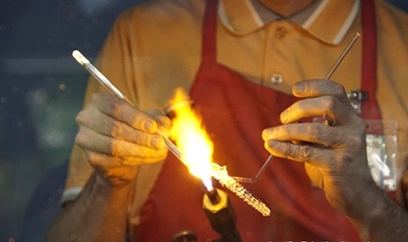
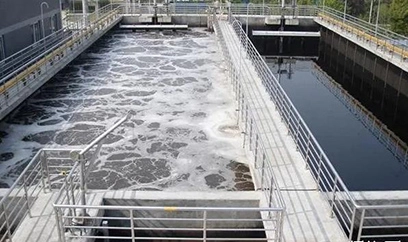
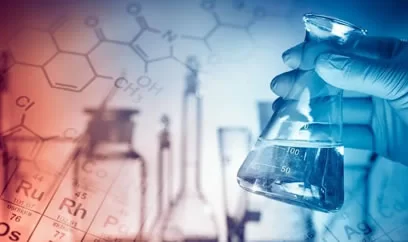
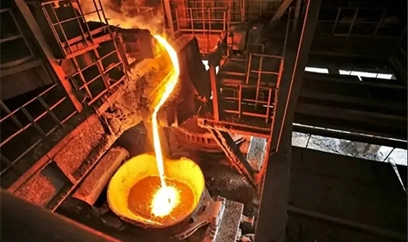

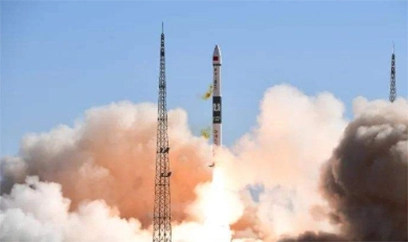
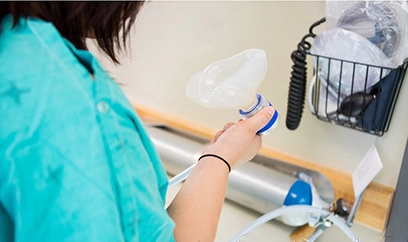
Cylinder: 40L Valve: G5/8 CGA580 Content: 5.6M3 Cylinder bundle: 40L*16 Valve: G5/8 CGA580 Content: 5.6M3/Cyl*16
The molar mass of oxygen is generally considered to be 32/mol.
The relative atomic mass of oxygen is 32 (the oxygen molecule has two atoms, and the atomic weight of oxygen is 16).
O2
The density of oxygen is 1.429g/L.
-182.98 at 1.013bar [℃]; -297.34 at 14.5 psi, [℉]
